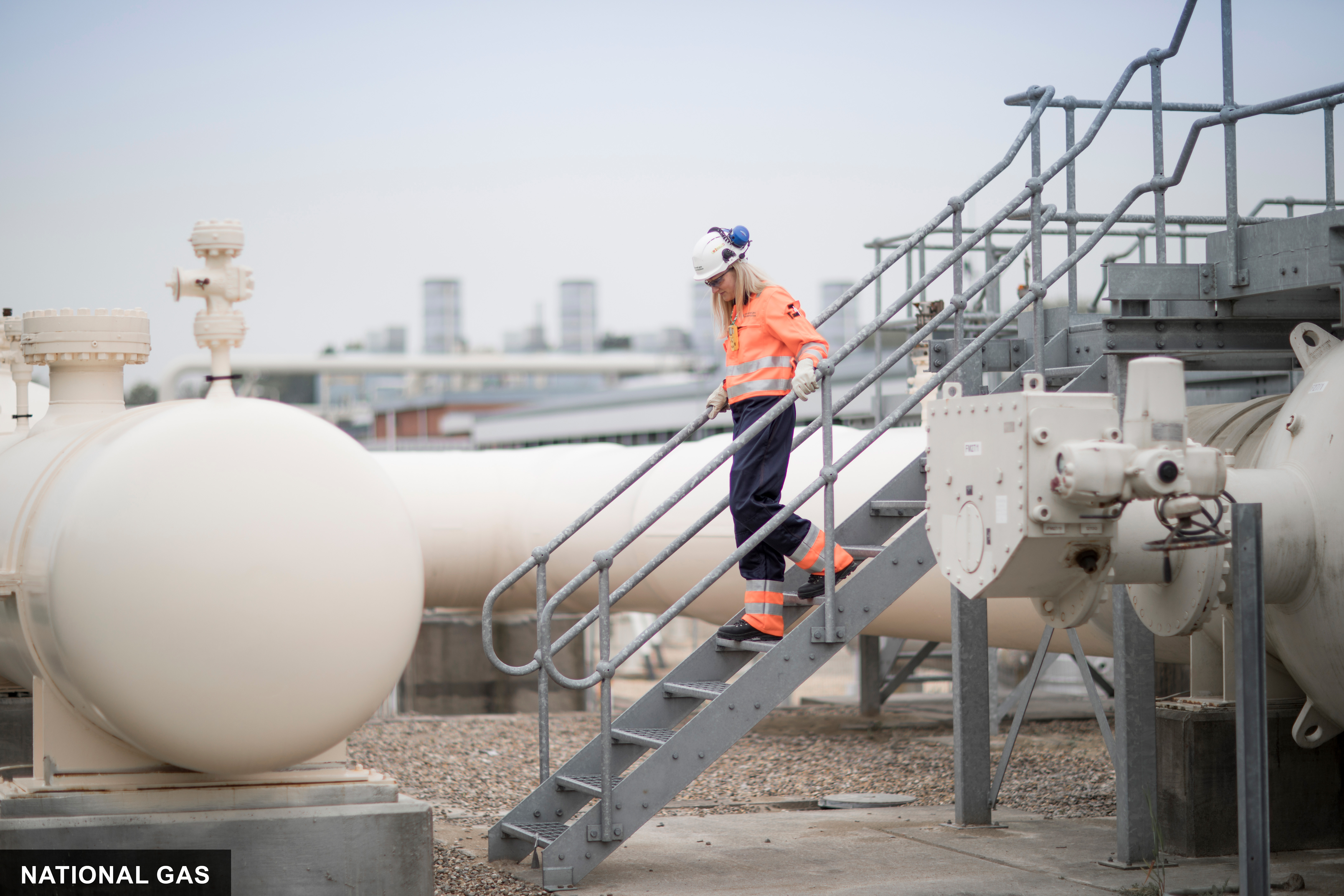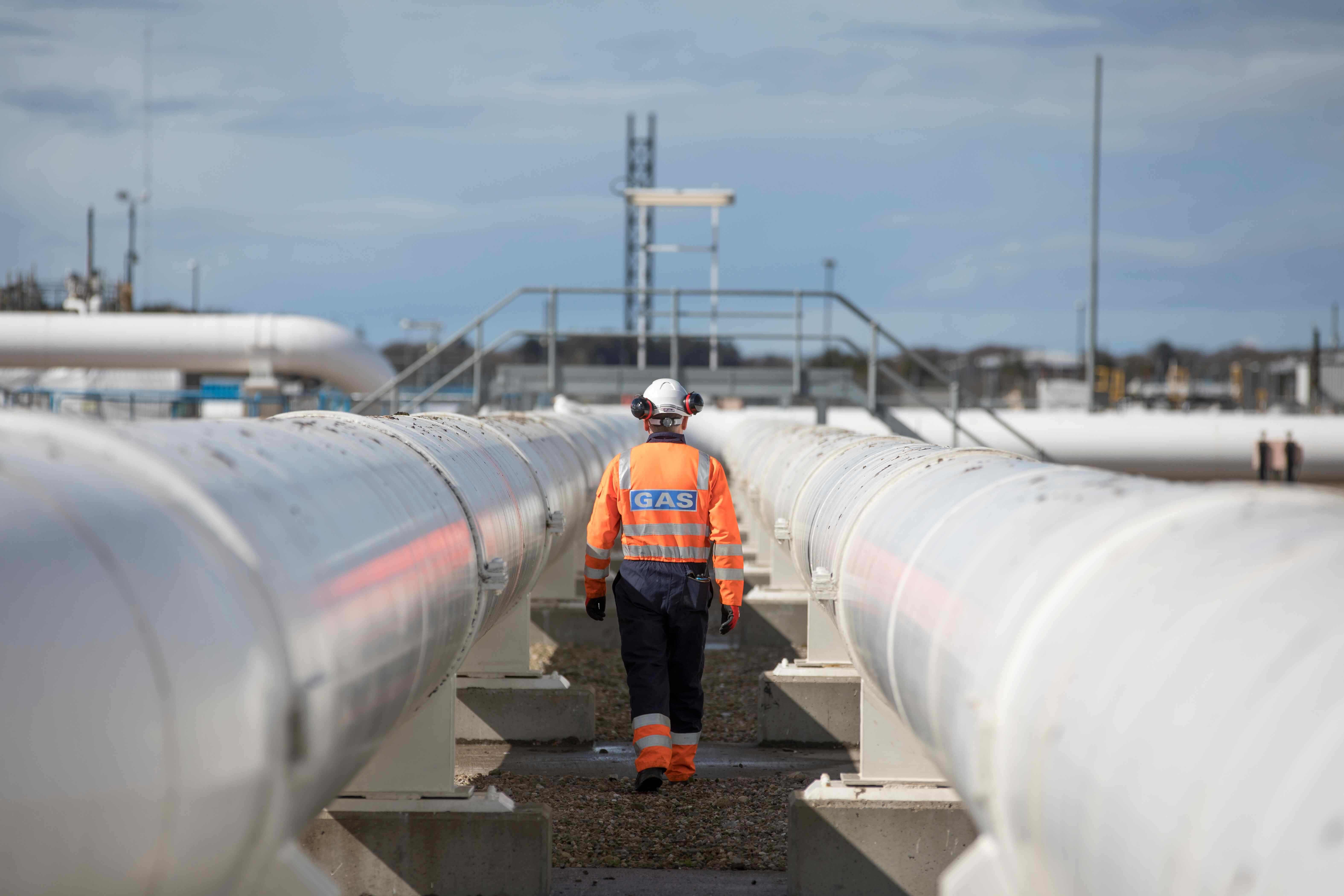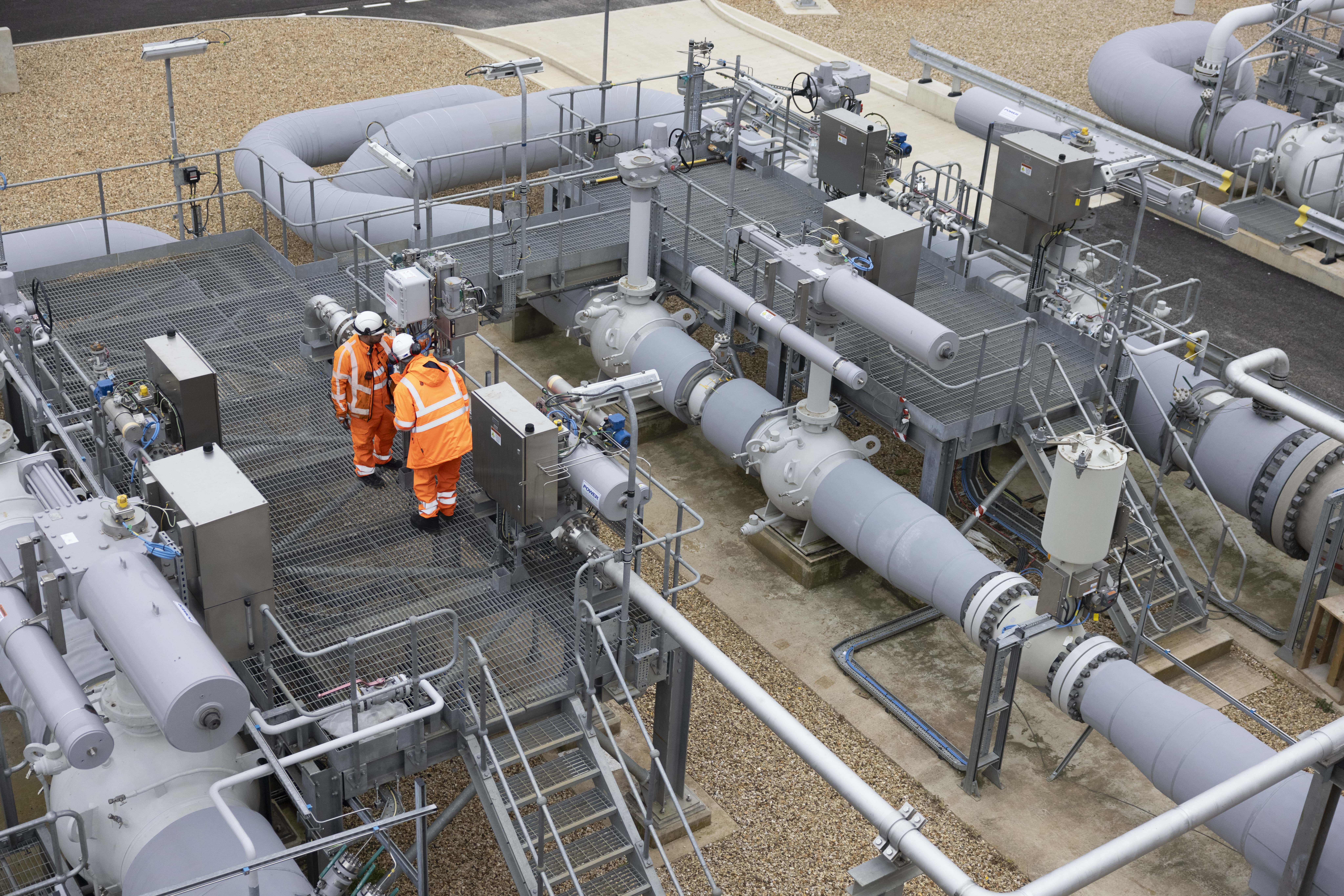Hydrogen

National Gas is playing a pivotal role in helping Great Britain become a clean energy superpower by enabling the transition to safe, low-carbon hydrogen energy.
We are pioneering new technologies, collaborating across new industries and unlocking new opportunities to harness hydrogen as the driving force to a more secure energy system.
Realising the potential of hydrogen
Great Britain must act to deliver energy security and achieve legally binding net zero 2050 commitment. Hydrogen is already used every day to power industry.
We are now building the capability and flexibility required for a clean energy future by enabling the use of home-grown hydrogen.
Why hydrogen?
Hydrogen is a low-carbon energy source that can play an essential role in helping key sectors – power, industry and transport – reduce emissions.
Hydrogen is flexible and scalable, and can be transported through our existing pipeline network, making it a practical and powerful solution to help Great Britain transition to low-carbon energy.
Hydrogen will complement other energy sources, helping power industry for future generations.
How is National Gas enabling the transition to hydrogen?
Our hydrogen team is pioneering new technologies, collaborating across new industries and unlocking new opportunities to harness hydrogen as the driving force to a more secure energy system.
We are developing new hydrogen infrastructure in two important ways:
1. Project Union: Building a hydrogen pipeline network to energise industry
Project Union will create a hydrogen pipeline network to energise British industry, which will power growth, protect and create jobs, and deliver energy security.
In an evolution of the existing National Transmission System, Project Union will repurpose existing pipelines and build new ones to create up to a 1,500-mile national hydrogen network, transporting 100% hydrogen across Great Britain.
Building this network will start regionally, based around industrial clusters in the East Coast, North West, Bacton, Wales and Scotland.

2. FutureGrid: Developing safety standards for hydrogen transmission
To transition to a 100% hydrogen pipeline network, it is essential to demonstrate that existing gas pipelines and assets can operate safely with hydrogen.
Our FutureGrid programme is using a purpose-built facility at DNV Spadeadam, the research and testing facility in Carlisle, to carry out a wide range of hydrogen tests in an offline environment.
These include testing assets with different blends of hydrogen and natural gas, up to 100% hydrogen, to determine the effect on our assets and on network operation..


